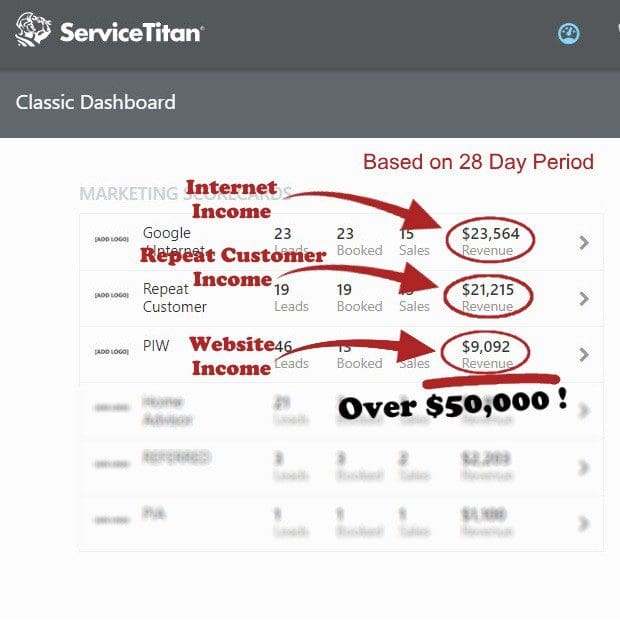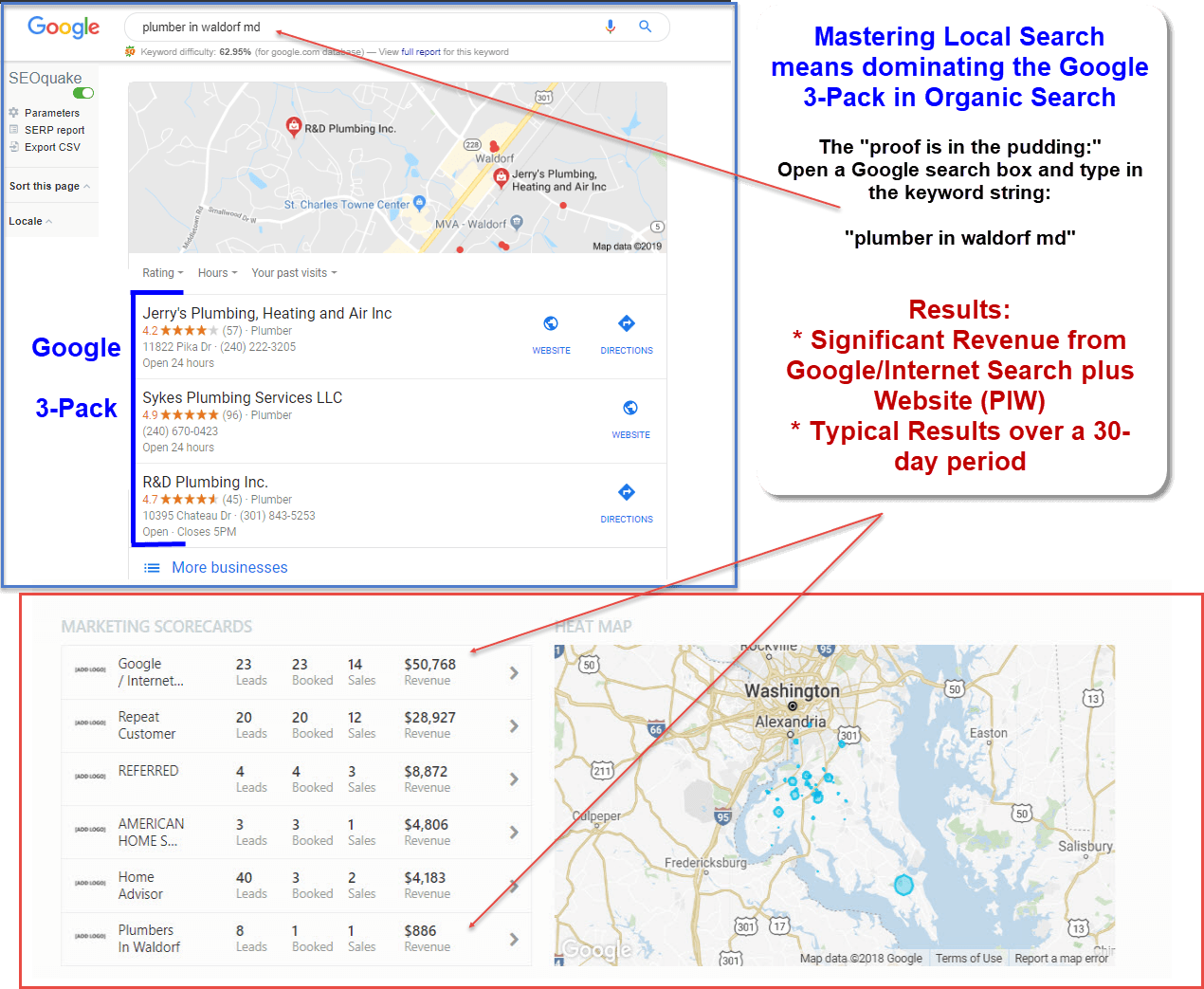The goal of a meta description is to provide information about the page. You want to be straightforward about the content’s true nature. The purpose of this article is to explain how and why you should optimize your meta descriptions for your pages, articles and blog posts.
Regarding Search Engine Optimization (SEO), focus keywords often get all the attention, but they aren’t the only element you need to watch. Meta descriptions are also critical to achieving a good click-through rate from search engines, and you’ll need to […]
Click here to view original web page at www.elegantthemes.com
Mention the content’s benefits. An excellent meta description lets readers know how they can benefit from the article they’re about to read.
1. Include your target keyword(s). We recommend including your target keyword in your meta descriptions. However, this shouldn’t feel forced (just as it shouldn’t elsewhere in your content). It is just a short description of the contents of the article and why it is important to the reader. For example, our target keyword for this article is “optimize meta description.” This target keyword was chosen because if someone is doing research about SEO or “meta descriptions,” they are likely to type that keyword into a search box.
this shouldn’t feel forced (just as it shouldn’t elsewhere in your content). It is just a short description of the contents of the article and why it is important to the reader. For example, our target keyword for this article is “optimize meta description.” This target keyword was chosen because if someone is doing research about SEO or “meta descriptions,” they are likely to type that keyword into a search box.
2. Keep it concise: Meta descriptions should ideally be between 150-160 characters long.
3. Make it compelling: Craft engaging copy that encourages clicks by highlighting unique selling points or benefits.
For example, here is our meta description for this post. It is compelling and engaging. Plus, it includes our target keyword and it is between 150-160 characters long:

Meta descriptions are crucial for SEO for several reasons:
1. Improved Click-Through Rates (CTR):
A well-written meta description can entice users to click on your link in search engine results. It serves as a brief summary of the content on your page, giving users a preview of what they can expect by clicking through. A compelling meta description can increase the likelihood of users clicking on your link, thus improving CTR.
2. Keyword Relevance:
Including relevant keywords in your meta description helps search engines understand what your page is about. When users perform searches using those keywords, having them in the meta description can increase the chances of your page appearing in search results. This can lead to improved visibility and traffic to your website.
3. Enhanced User Experience:
A clear and informative meta description helps users gauge whether a webpage is relevant to their query before clicking on it. By providing accurate and concise information about the content of the page, you help users make informed decisions about which search result to choose, leading to a better overall user experience.
How We Manage Meta Descriptions
At E-Internet Marketing Services, we handle and manage all meta descriptions for our clients and their websites. Meta descriptions are fundamental to a business website and its search engine optimization (SEO). SEO is the practice of optimizing a website to improve its visibility and ranking in search engine results pages (SERPs). The goal of SEO is to increase organic (non-paid) traffic to a website by making it more relevant and authoritative in the eyes of search engines like Google, Bing, and Yahoo.
WordPress
Our job is made easier because we use WordPress for all our business websites. WordPress is a great platform for SEO due to its user-friendly interface and built-in SEO features. Many in our business describe WordPress as “SEO friendly.” We believe that is a very accurate description. WordPress offers a wide range of themes that are designed with SEO best practices in mind, such as clean code structure, mobile responsiveness, and fast loading times. Plus, they offer free themes which are suitable for many different purposes. We chose to invest in the Divi Theme which provides us the flexibility we need to serve our clients. The cost of this theme is transparent to our clients.
WordPress Plugins
WordPress plugins are specific pieces of software that give a website it’s functionality. These software tools are offered by developers free of cost. You simply find the plugin that provides the function you want, download it and activate it on your website. We have been using WordPress plugins for years. We have identified a specific list of plugins that we use on our websites. These are plugins we have identified that provide our clients’ business websites all the top quality functionality they need. These plugins are mostly free, but there are usually “Pro” versions. While these “Pro” plugins offer increased functionality, there is a price or subscription for these Plugins.
This is an area where we decided to purchase subscriptions for some specific “Pro” plugins that we feel are essential to our client’s success. The cost we pay for these subscriptions are not passed on to our client’s. It’s a cost we are willing to absorb to ensure the success of our client’s websites and businesses.
There are several popular SEO plugins available for WordPress, such as Yoast SEO and Rank Math, which can help optimize website content, meta tags (like Title and Description tags), sitemaps, and more. While we have used free SEO plugins in the past, we are now investment in the Smart Crawl SEO plugin for our client’s websites.
Sources:
1. Moz – [Meta Description](https://moz.com/learn/seo/meta-description)
2. Search Engine Journal – [The Ultimate Guide for Writing SEO-Friendly Meta Descriptions](https://www.searchenginejournal.com/meta-description-seo/366360/#close)

 Call Sam @
Call Sam @









